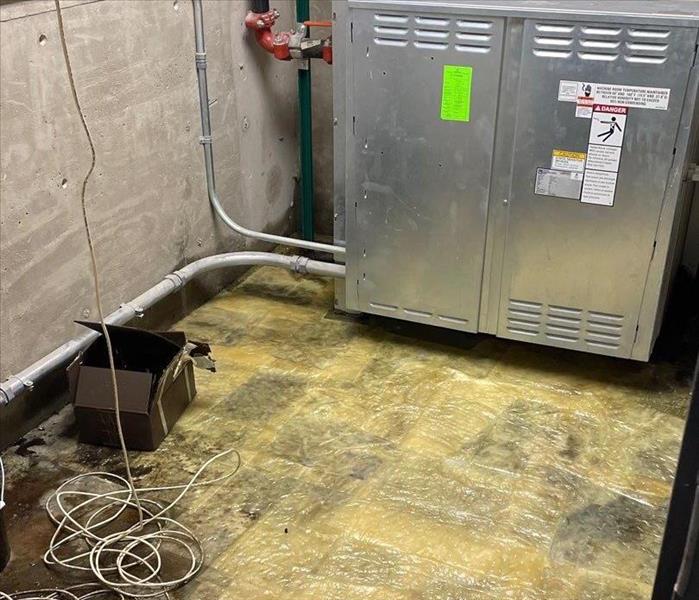Proactive Strategies for Mold Prevention During Home Renovations
7/10/2024 (Permalink)
 We discuss effective techniques for preventing mold growth during home renovations to ensure a successful and mold-free project.
We discuss effective techniques for preventing mold growth during home renovations to ensure a successful and mold-free project.
Home renovations are an exciting opportunity to enhance the aesthetic appeal and functionality of your living space. However, without proper precautions, renovations can also create conditions conducive to mold growth. Preventing mold during home renovations requires proactive planning and implementation of strategies to minimize moisture buildup and promote a healthy indoor environment. In this blog post, we'll discuss effective techniques for preventing mold growth during home renovations to ensure a successful and mold-free project.
Assessing Potential Mold Risks
Identify Existing Mold
Before starting any renovation project, conduct a thorough inspection of the property to identify any existing mold growth. Look for signs of mold, such as musty odors, water stains, or visible mold growth on surfaces. Addressing existing mold issues before beginning renovations is essential to prevent further spread of mold spores during construction.
Evaluate Moisture Sources
Identify potential sources of moisture that could contribute to mold growth during renovations. Common sources include leaks in plumbing fixtures, inadequate ventilation, and water intrusion from the exterior. Addressing moisture issues upfront can help prevent mold problems down the line.
Implementing Mold Prevention Strategies
Maintain Proper Ventilation
Proper ventilation is crucial for controlling humidity levels and preventing moisture buildup during renovations. Ensure that bathrooms, kitchens, and other high-moisture areas are equipped with exhaust fans or open windows to promote airflow and reduce condensation.
Use Mold-Resistant Materials
Choose mold-resistant building materials whenever possible, especially in areas prone to moisture exposure such as bathrooms and basements. Mold-resistant drywall, paint, and insulation can help minimize the risk of mold growth and ensure long-term durability.
Control Indoor Humidity
Monitor indoor humidity levels throughout the renovation process and take steps to maintain optimal levels between 30% and 50%. Utilize dehumidifiers or air conditioning systems to reduce excess moisture in the air and prevent mold growth.
Address Water Damage Promptly
In the event of water damage or leaks during renovations, address the issue promptly to prevent mold growth. Thoroughly dry affected areas within 24-48 hours and consider hiring a professional restoration company like SERVPRO® to assess and mitigate water damage properly.
Seal Construction Materials
Sealing construction materials, such as wood framing and concrete, can help prevent moisture intrusion and mold growth. Use moisture-resistant sealants and coatings to protect vulnerable surfaces from water damage and ensure long-term durability.
Schedule Regular Inspections
Schedule regular inspections throughout the renovation process to check for signs of moisture buildup or mold growth. Address any issues promptly to prevent further spread of mold spores and ensure a successful renovation project.
Preventing mold during home renovations requires proactive planning and implementation of effective mold prevention strategies. By identifying potential mold risks, maintaining proper ventilation, using mold-resistant materials, and addressing moisture issues promptly, homeowners can ensure a successful and mold-free renovation project. If you encounter mold growth or need assistance with mold prevention during renovations, don't hesitate to contact a professional restoration company like SERVPRO for expert guidance and assistance.






 24/7 Emergency Service
24/7 Emergency Service